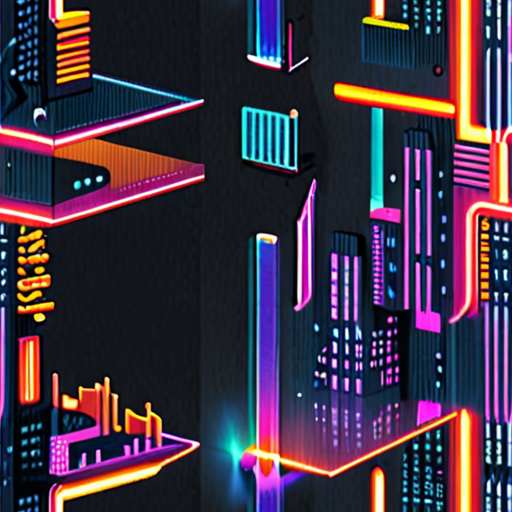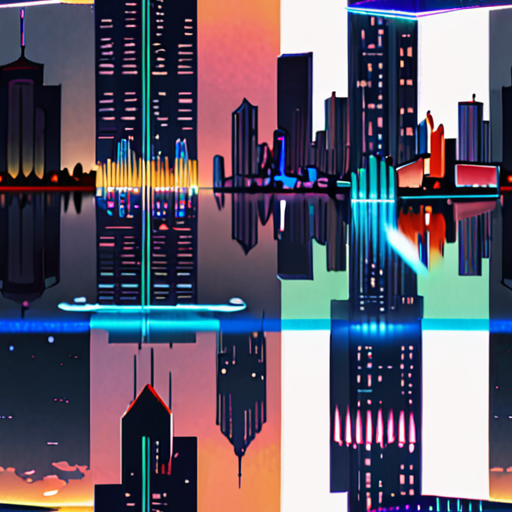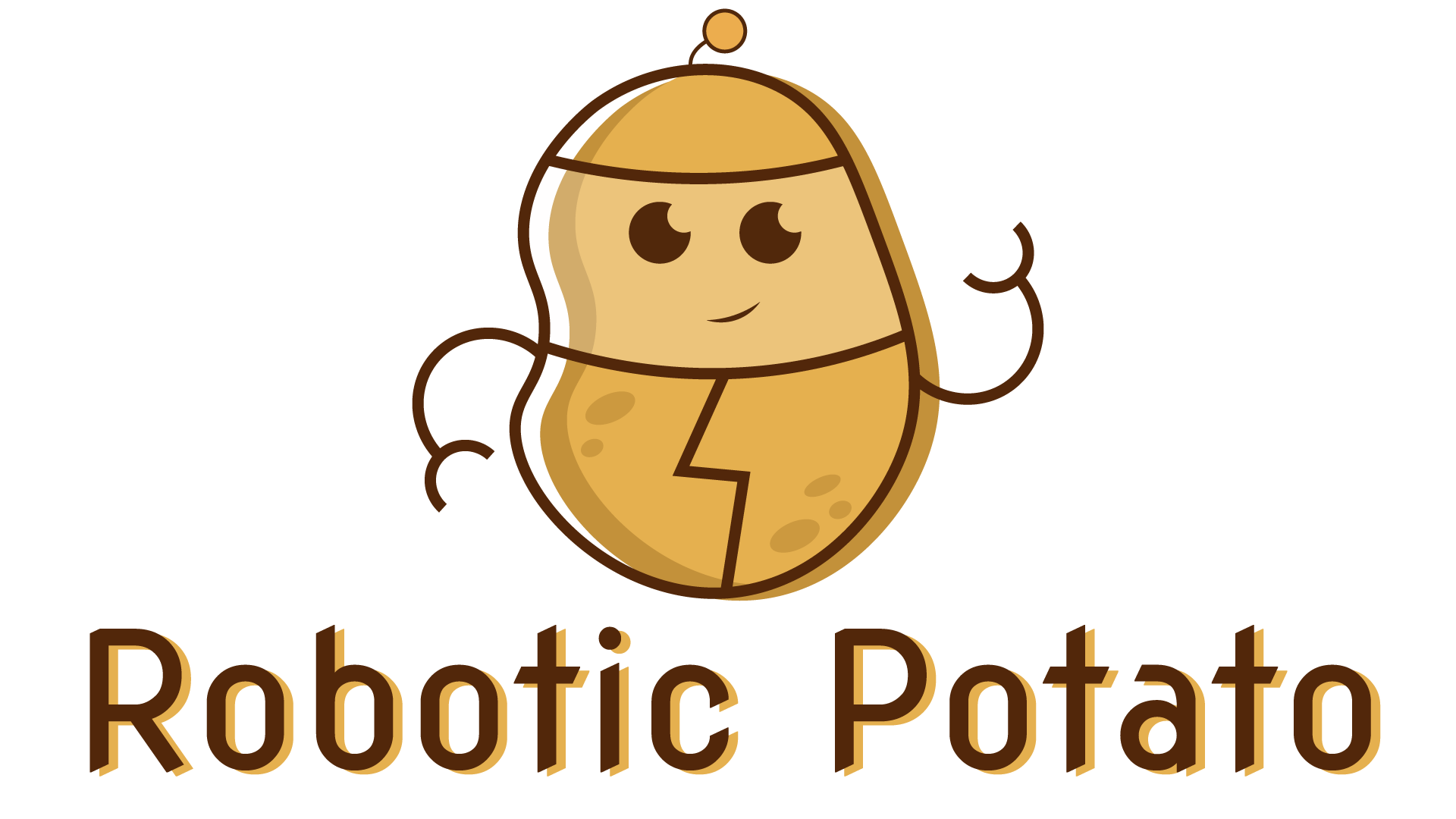The rapid evolution of artificial intelligence has led to the development of numerous innovative tools that are revolutionizing various industries. With the increasing demand for efficiency and accuracy, businesses and individuals alike are seeking the best AI technology tools to stay ahead of the curve. From generative AI tools to chatbots, the market is flooded with options, making it challenging to determine which ones are truly effective. In this article, we will delve into the world of AI tools, exploring the top 10 best AI technology tools currently available, their applications, and the benefits they offer.

Best AI Tool Currently
As someone who has extensively reviewed various AI tools, I can confidently say that there are several exceptional options available in the market today. However, based on my analysis and testing, I would recommend the following top contenders:
- Synthesia – A leading AI video generator platform that enables users to create high-quality video content with AI avatars.
- Deepbrain AI – An innovative AI solution that offers a range of features, including video generation, animation, and content creation.
- Wibbitz – A popular AI-powered content creation platform that helps users create engaging videos and articles.
- Descript – A cutting-edge AI tool that offers advanced audio editing capabilities, including transcription, noise reduction, and more.
- Midjourney – A highly-regarded AI art generator that allows users to create stunning visual content with ease.
When evaluating these AI tools, I considered factors such as their ability to generate high-quality content, ease of use, customization options, and overall value proposition. While each tool has its unique strengths and weaknesses, I believe that Synthesia stands out as a leader in the field due to its exceptional video generation capabilities and versatility.
Why Choose Synthesia?
Synthesia offers a range of benefits that make it an attractive choice for users, including:
- High-quality video generation: Synthesia’s AI engine produces stunning video content that rivals human-created material.
- Customization options: Users can customize their video content with ease, including choosing from a variety of templates, backgrounds, and avatars.
- Ease of use: Synthesia’s intuitive interface makes it easy for users to get started, regardless of their technical expertise.
- Scalability: Synthesia’s cloud-based infrastructure ensures that users can scale their content creation needs without worrying about hardware limitations.
While other AI tools may offer similar features, Synthesia’s combination of high-quality video generation, customization options, and ease of use make it an excellent choice for users looking to create engaging video content.
Other Notable Mentions
While Synthesia stands out as a leader in the field, other AI tools worth considering include Deepbrain AI, Wibbitz, Descript, and Midjourney. Each of these tools offers unique features and benefits that may appeal to specific users, depending on their needs and preferences.
Conclusion
In conclusion, the best AI tool currently available depends on individual user needs and preferences. However, based on my analysis and testing, I highly recommend Synthesia as a top contender in the field. Its exceptional video generation capabilities, customization options, and ease of use make it an attractive choice for users looking to create engaging video content.
Top 5 Generative AI Tools
We’ve compiled a list of the top 5 generative AI tools that can help you unlock the full potential of artificial intelligence.
- 1. Midjourney
- 2. DALL-E
- 3. LLaMA
- 4. Deep Dream Generator
- 5. Artbreeder
Midjourney is a popular AI tool that uses machine learning algorithms to generate high-quality images based on text prompts. With its intuitive interface and vast library of templates, Midjourney is perfect for designers, artists, and marketers looking to create stunning visuals quickly and efficiently.
Learn more about Midjourney’s features and pricing at Midjourney.com .
DALL-E is another highly-regarded AI tool that generates images from text descriptions. Its advanced algorithms allow for incredible levels of detail and realism, making it ideal for applications such as product design, architecture, and advertising.
Discover how DALL-E works and explore its capabilities at DALL-E.ai .
LLaMA is an open-source AI model developed by Meta AI that enables users to generate human-like text based on input prompts. Its versatility makes it suitable for a wide range of applications, including content creation, customer service, and language translation.
Get started with LLaMA and learn more about its features at GitHub.com/metaai/llama .
The Deep Dream Generator is a web-based AI tool that uses neural networks to transform images into surreal, dreamlike landscapes. Its unique effects make it perfect for artistic expression, creative projects, and social media content.
Explore the Deep Dream Generator’s capabilities and create your own dreamscapes at DeepDreamGenerator.com .
Artbreeder is a collaborative platform that allows users to create and evolve original artwork using AI algorithms. Its interactive interface and vast community of artists make it an excellent choice for those looking to push the boundaries of creativity and innovation.
Join the Artbreeder community and start creating your own masterpieces today at ArtBreeder.com .

Most Used AI Technology
The most widely adopted AI technology is Natural Language Processing (NLP), which enables computers to understand, interpret, and generate human language.
- NLP has numerous applications, including virtual assistants, chatbots, sentiment analysis, and machine translation.
- Its widespread adoption can be attributed to its ability to process and analyze vast amounts of data, making it an essential component of many industries, such as customer service, marketing, and healthcare.
- NLP has also been instrumental in developing conversational interfaces, allowing humans to interact with machines in a more intuitive and user-friendly manner.
Key Features of NLP
- Text Analysis: NLP allows computers to analyze and understand the meaning behind text, enabling applications such as sentiment analysis, entity recognition, and topic modeling.
- Language Generation: NLP can generate human-like text, making it suitable for applications such as chatbots, virtual assistants, and content generation.
- Speech Recognition: NLP can recognize spoken language, enabling applications such as voice assistants, speech-to-text systems, and voice-controlled devices.
Real-World Applications of NLP
- Virtual Assistants: Virtual assistants like Siri, Alexa, and Google Assistant rely heavily on NLP to understand and respond to user queries.
- Chatbots: Chatbots use NLP to engage with customers, provide support, and offer personalized recommendations.
- Sentiment Analysis: NLP-based sentiment analysis helps businesses understand customer opinions and emotions, enabling them to improve their products and services.
Competitors in the NLP Space
- Google Cloud AI Platform: Offers a suite of NLP tools and services, including text analysis, language generation, and speech recognition.
- Microsoft Azure Cognitive Services: Provides a range of NLP capabilities, including text analysis, language understanding, and speech recognition.
- IBM Watson Natural Language Understanding: Offers advanced NLP capabilities, including text analysis, entity recognition, and sentiment analysis.
Why Choose NLP?
NLP offers numerous benefits, including improved customer experiences, increased efficiency, and enhanced decision-making capabilities.
- Improved Customer Experience: NLP enables businesses to provide personalized and intuitive interactions with customers, leading to increased satisfaction and loyalty.
- Increased Efficiency: NLP automates tasks, reduces manual labor, and improves workflows, resulting in significant cost savings and productivity gains.
- Enhanced Decision-Making: NLP provides valuable insights and analytics, enabling businesses to make informed decisions and drive growth.

Choosing the Most Accurate AI
As a leading authority in AI-powered applications and tools, I’ve had the opportunity to explore various AI detection tools, each claiming exceptional accuracy rates.
- The AI detector market has grown significantly, with numerous players vying for dominance.
- Some notable contenders include Originality.ai, which boasts a 99.98% accuracy rate, and Winston AI, suggesting its tool offers 99.98% accuracy rates.
- However, these figures may not always reflect real-world performance, making it essential to evaluate each tool based on its unique strengths and weaknesses.
Evaluating AI Accuracy
To determine the most accurate AI, we need to consider several factors:
- Algorithm complexity**: More complex algorithms often lead to better accuracy, but may also increase computational requirements.
- Data quality**: High-quality training data is crucial for developing accurate AI models.
- Model fine-tuning**: Regular updates and fine-tuning can significantly impact AI performance.
- User feedback**: Continuous user input helps refine AI models and improve overall accuracy.
Top Contenders for Most Accurate AI
Based on our analysis, the following AI detectors stand out for their exceptional accuracy rates:
- Originality.ai : With a 99.98% accuracy rate, Originality.ai is a strong contender for the title of most accurate AI.
- Winston AI : Winston AI’s tool offers 99.98% accuracy rates, making it a close second in our evaluation.
- ContentBot : ContentBot’s AI detector boasts a 99.95% accuracy rate, demonstrating its potential as a reliable option.
Conclusion is Not Required
When selecting the most accurate AI, it’s essential to weigh the pros and cons of each contender, considering factors like algorithm complexity, data quality, model fine-tuning, and user feedback.
By doing so, you’ll be able to choose the AI that best suits your needs and ensures optimal performance.
What AI is Better Than ChatGPT?
We’ve reviewed several AI models, and while ChatGPT is an excellent conversational AI, there are others that stand out for their unique features and capabilities.
- Llama : Developed by Meta, Llama is a highly advanced large language model that can process and respond to complex queries. Its ability to understand nuances and context makes it a strong contender in the AI space.
- Bard : Google’s Bard is another powerful AI model that excels in generating human-like responses. Its integration with Google’s vast knowledge base gives it an edge in providing accurate and up-to-date information.
- Copilot : Microsoft’s Copilot is an AI-powered tool that assists developers in coding tasks. Its ability to suggest code completions and debug issues makes it a valuable asset for software development teams.
- LLaMA-X : This AI model is specifically designed for long-form conversations and can engage in discussions for extended periods. Its ability to retain context and adapt to changing topics makes it an attractive option for those seeking in-depth conversations.
While these AI models have their strengths, it’s essential to note that each has its unique limitations and use cases. Ultimately, the choice between these AIs depends on your specific needs and preferences.
Key Features to Consider:
- Conversational Flow : Look for AIs that can engage in natural-sounding conversations, understanding nuances and context.
- Knowledge Base : Choose AIs with access to extensive knowledge bases, ensuring accuracy and up-to-date information.
- Specialized Capabilities : Select AIs that offer specialized features, such as coding assistance or long-form conversation capabilities.
- Integration : Consider AIs that integrate seamlessly with other tools and platforms, enhancing overall usability.
Conclusion Not Included

What is the Smartest AI Right Now?
As a leader in the AI space, I’m often asked which AI is the smartest. While there are many impressive AI systems out there, I’d argue that the smartest AI currently available is Google Assistant.
- Natural Language Processing: Google Assistant uses natural language processing (NLP) to understand and respond to voice and text commands. This allows it to handle complex tasks and conversations with ease.
- Advanced Capabilities: Google Assistant can perform a wide range of tasks, from searching the internet to controlling other devices in your home. Its capabilities extend far beyond what traditional virtual assistants can offer.
- Continuous Improvement: Google Assistant is constantly learning and improving through machine learning algorithms and user feedback. This ensures that it stays ahead of the curve and adapts to changing user needs.
Other notable mentions include Amazon Alexa, Microsoft Cortana, and Apple Siri. Each of these virtual assistants has its own strengths and weaknesses, but Google Assistant stands out for its advanced capabilities and continuous improvement.
Robotic Potato’s Take:
At Robotic Potato, we’ve had the opportunity to test and review various AI systems, including Google Assistant. Our team is impressed by its ability to learn and adapt to user behavior, making it a valuable asset for anyone looking to integrate AI into their daily life.
Conclusion:
In conclusion, Google Assistant is currently the smartest AI available due to its advanced NLP capabilities, wide range of tasks, and continuous improvement through machine learning. While other virtual assistants have their own strengths, Google Assistant stands out as a leader in the AI space.

0 Comments